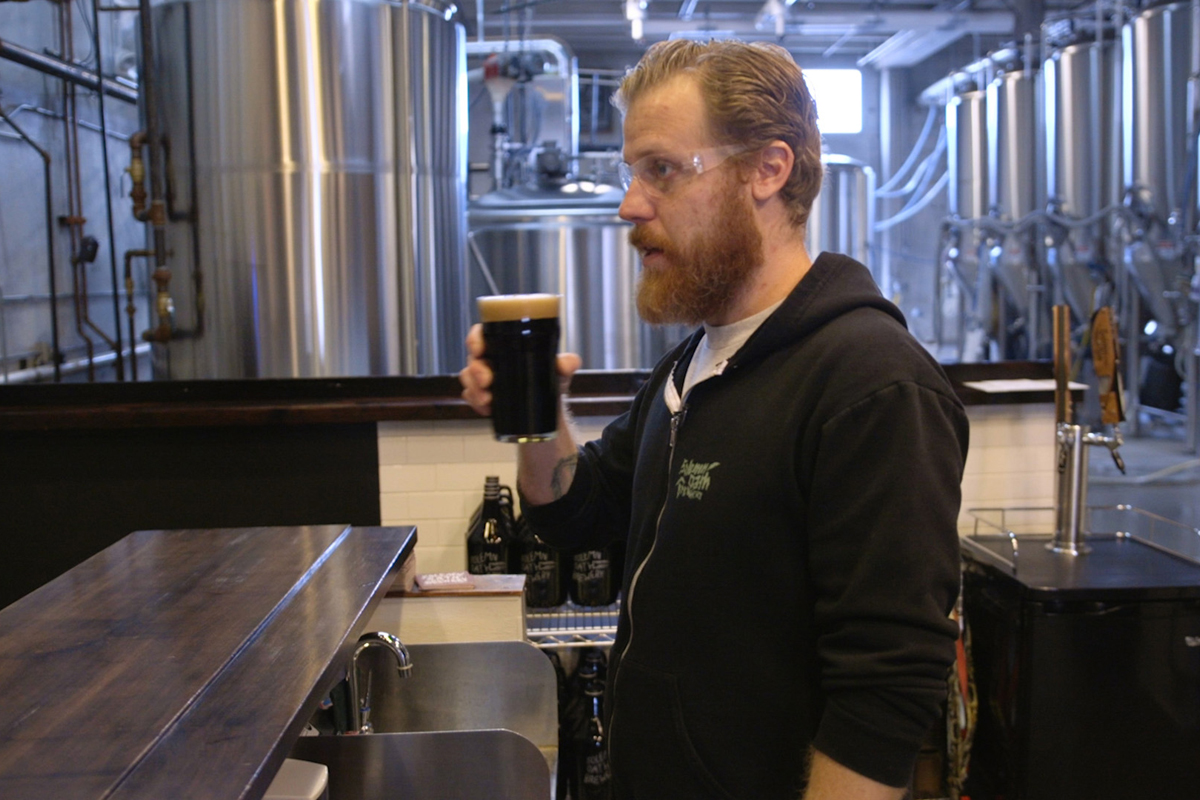

How It's Done:
NEON SIGNS
Grainger Everyday Heroes: Brewmaster
By Grainger Editorial Staff 11/19/18
If you ask Tim Marshall, Head Brewer for Solemn Oath Brewery, his is the second oldest profession in the world. Being a brewer, he says, is one of the best jobs you can have. In this video, Tim explains the process of turning what is essentially a giant bowl of oatmeal into a quality brew.
It's just I like to call it the world's second oldest profession. It's one of the best jobs you can have. I'm going to drink some [beer]. I'm also going to drink this [beer].
My name is Tim Marshall. I'm the head brewer here at Solemn Oath Brewery. Solemn Oath opened in May of 2012. We opened with four fermentation vessels, 30 barrels a piece. We've added a taproom where people can come in, have pints and get beer to go. We've had a brewery and a taproom in place, so we've been in a steady growth phase for the past three years.
The brewing process starts right here at the mill. This malted barley goes into a roller mill, which cracks them open and exposes the starch on the inside. After that happens, we auger the malted barley up across the wall and over to the mash tun where the actual brewing process begins. Over here, we have our mash tun. This is where our malted barley is going to end up after it's been milled.
In here, we hydrate it with hot water. It's right around 165, 170 degrees and basically it creates a thick oatmeal, a giant bowl of oatmeal. So what I'm doing now is diverting our piping to make sure that the liquid that's in the mash tun flows into the brew kettle so we can start to collect it, heat it up, and get it ready to boil. We'll add hops at the very beginning of the boil for bitterness and then hops later in the boil so that we can get some flavor.
Over here we have our fermentation vessels. After we get the beer clarified, we will pump it from the fermentation vessel over to our brite tanks where it gets carbonated and packaged. Once the beer hits the brite beer tanks, we will inject carbon dioxide into it in order to carbonate the beer. After the beer is carbonated, it's pretty much ready to go. This is just basically a giant keg. We hook it up to our bottling line and fill bottles, cans, whatever package they're going into, and then it goes into our cooler and out the door. You pretty much know where it goes after that.
I have an incredible staff of people that are just as passionate as I am and want this to succeed just as much [as I do]. They work really hard. I like seeing bodies running around this place, everyone [is] busy, knowing that they're getting a lot of work done and leaving here exhausted, and ready to come back [tomorrow] and do it again.![]()
The information contained in this article is intended for general information purposes only and is based on information available as of the initial date of publication. No representation is made that the information or references are complete or remain current. This article is not a substitute for review of current applicable government regulations, industry standards, or other standards specific to your business and/or activities and should not be construed as legal advice or opinion. Readers with specific questions should refer to the applicable standards or consult with an attorney.






